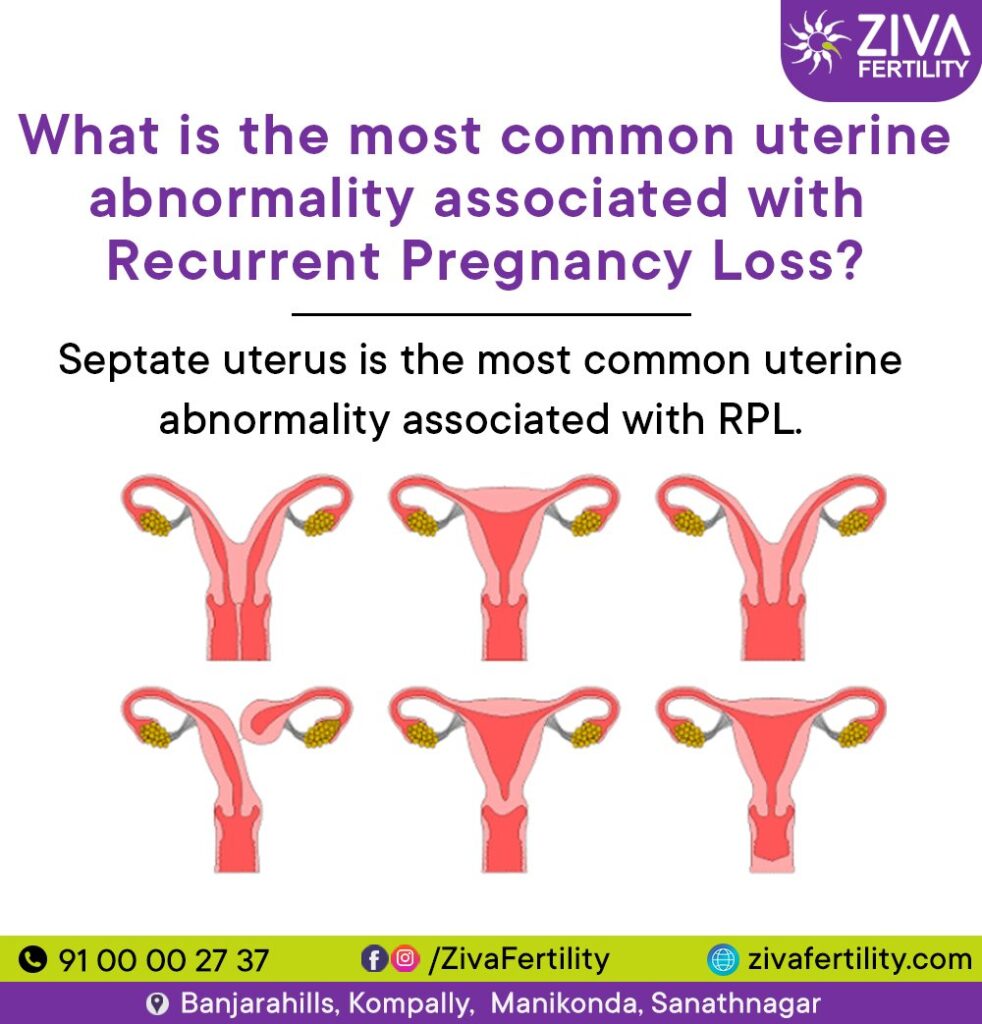Accurate diagnosis of uterine anomalies is vital in evaluating and managing infertility and recurrent pregnancy loss. Various diagnostic tools offer different benefits based on their invasiveness, accuracy, and imaging capabilities.

Diagnostic Methods for Uterine Anomalies
1. Hysteroscopy with Laparoscopy: The Gold Standard
Hysteroscopy paired with laparoscopy is regarded as the gold standard for diagnosing uterine anomalies.
- Hysteroscopy provides direct visualization of the uterine cavity, enabling detection of intrauterine abnormalities such as septa, polyps, or adhesions.
- Laparoscopy allows assessment of the external contour of the uterus and surrounding pelvic structures.
Together, they provide a comprehensive evaluation and facilitate simultaneous treatment if needed.
2. Sonosalpingography and 3D Ultrasound: Non-Invasive and Highly Accurate
- Sonosalpingography involves saline infusion during ultrasound, enhancing visualization of the uterine cavity and fallopian tubes.
- Three-dimensional (3D) transvaginal ultrasound creates detailed images of both the internal uterine cavity and external uterine contour.
These modalities provide more than 90% accuracy in detecting and classifying uterine anomalies. They are less invasive, cost-effective, and commonly used as first-line screening tools.
Summary
- Hysteroscopy and laparoscopy are invasive but definitive, offering direct tissue visualization and opportunity for treatment.
- Sonosalpingography and 3D ultrasound are excellent non-invasive diagnostic tools with high accuracy (>90%), ideal for routine evaluation.
Conclusion
Diagnosing uterine anomalies accurately requires a combination of imaging and direct visualization methods. While hysteroscopy with laparoscopy remains the gold standard, advancements in sonosalpingography and 3D ultrasound provide reliable, less invasive options. These tools together help clinicians tailor treatment and improve reproductive outcomes for women facing fertility challenges.
